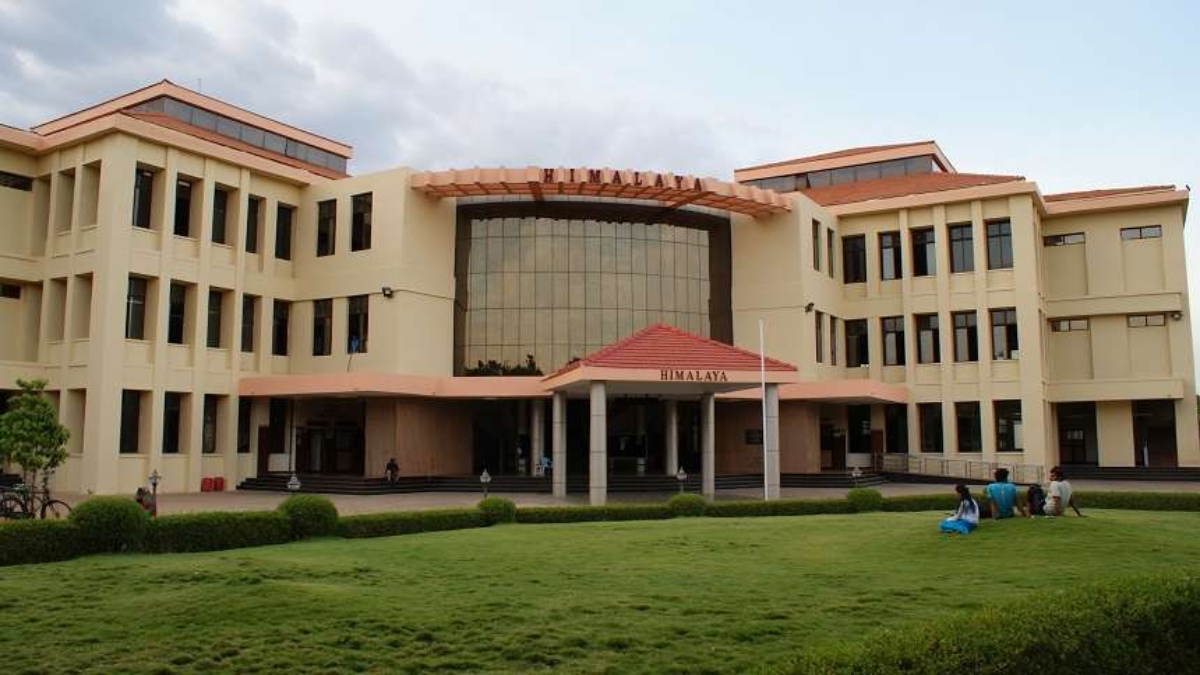


Indian Institute of Technology Madras researchers have developed an Artificial Intelligence-based Mathematical Model to identify cancer-causing alterations in cells. The algorithm uses a relatively unexplored technique of leveraging DNA composition to pinpoint genetic alterations responsible for cancer progression.


Cancer is caused due to the uncontrolled growth of cells driven mainly by genetic alterations. In recent years, high-throughput DNA Sequencing has revolutionized the area of cancer research by enabling the measurement of these alterations. However, due to the complexity and size of these sequencing datasets, pinpointing the exact changes from the genomes of cancer patients is notoriously difficult.
This research was led by Prof. B. Ravindran, Head, RBCDSAI, and Mindtree Faculty Fellow IIT Madras and Dr. Karthik Raman, Faculty member, Roberst Bosch Center for Data Science and AI(RBCDSAI), IIT Madras, and also the Coordinator, Centre for Integrative Biology and Systems Medicine (IBSE), IIT Madras. Mr. Shayantan Banerjee, a Master’s student at IIT Madras, performed the experiments and analysed the data.
The results have been recently published in the reputed peer-reviewed International Journal Cancers.
Explaining the rationale behind this study, Prof. B. Ravindran, Head, Robert Bosch Centre for Data Science and AI (RBCDSAI), IIT Madras, said, “One of the major challenges faced by cancer researchers involves the differentiation between the relatively small number of ‘driver’ mutations that enable the cancer cells to grow and the large number of ‘passenger’ mutations that do not have any effect on the progression of the disease.”
The Practical Applications of this research includes their vital role in tumour progression and development. Computational prioritization of cancer driver mutations is an active area of research. Understanding the underlying mechanism of these alterations will help identify the most appropriate treatment strategy for a patient in an approach known as ‘precision oncology’. Tailoring treatments, not only to a specific illness but also to a specific person’s genetic make-up is challenging and requires extensive cataloging of the “driver” variants of interest.
The researchers hope that the driver mutations predicted through their mathematical model will ultimately help discover potentially novel drug targets and will advance the notion of prescribing the “right drug to the right person at the right time.”
Elaborating on the need for developing this technique, Dr. Karthik Raman, Associate Professor, Department of Biotechnology, Bhupat and Jyoti Mehta School of Biosciences, IIT Madras, said, “In most of the previously published techniques researchers typically analysed DNA sequences from large groups of cancer patients, comparing sequences from cancer as well as normal cells and determined whether a particular mutation occurred more often in cancer cells than random. However, this ‘frequentist’ approach often missed out on relatively rare driver mutations.”
Highlighting how this Algorithm will impact cancer treatment in the days to come, Dr. Karthik Raman said, “Detecting driver mutations, particularly rare ones, is an exceptionally difficult task, and the development of such methods can ultimately accelerate early diagnoses and the development of personalised therapies.”
In this study, the researchers decided to look at this problem from a different perspective. The main goal was to discover patterns in the DNA sequences – made up of four letters, or bases, A, T, G and C surrounding a particular site of alteration.
The underlying hypothesis was that these patterns would be unique to individual types of mutations – drivers and passengers, and therefore could be modelled mathematically to distinguish between the two classes.
Using sophisticated AI techniques, the researchers developed a novel prediction algorithm, NBDriver and tested its performance on several open-source cancer mutation datasets.